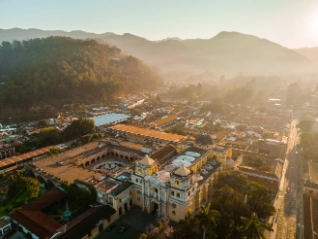Atradius Atrium
Vår nya kredithanteringsportal ger Er direkt tillgång till alla Atradius online applikationer i en portal.
 Sverige
Sverige









Ladda mer
Visning 7 ut ur 13







Ladda mer
Visning 7 ut ur 143